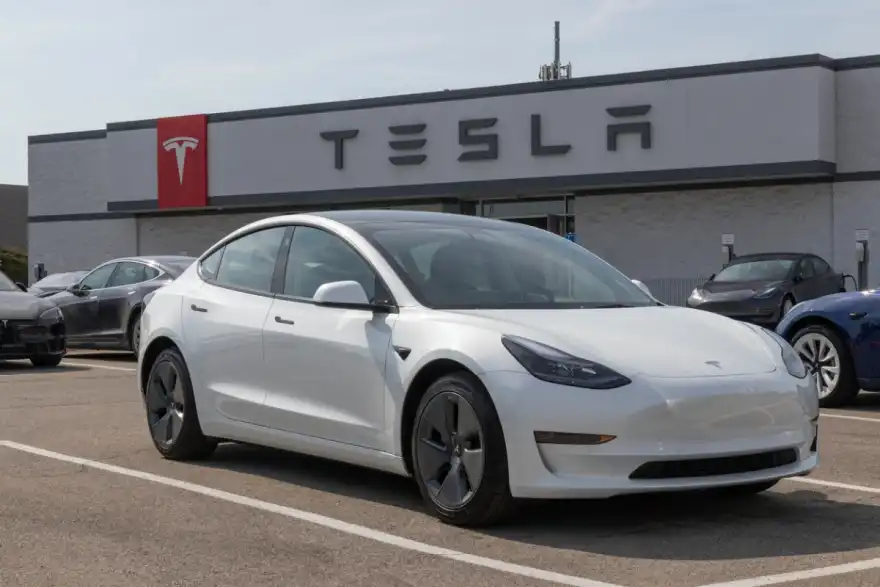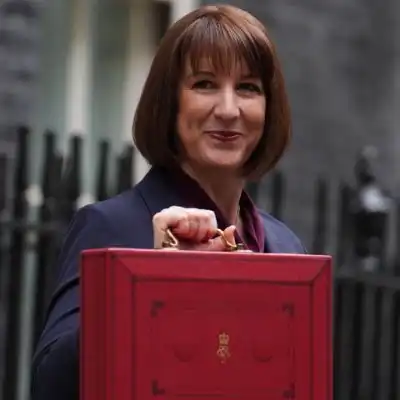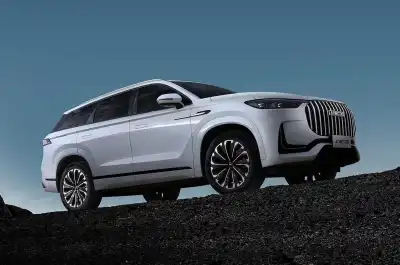
Tesla is facing a major safety investigation in the US over reports that some of its self-driving cars have driven on the wrong side of the road or failed to stop at red lights.
The US National Highway Traffic Safety Administration (NHTSA) has launched a probe covering around 2.9 million vehicles fitted with Tesla’s Full Self-Driving (FSD) system, including both the Supervised and Beta versions.
According to NHTSA, there have been 58 reported incidents, including 14 crashes or fires and 10 cases involving injuries. The agency’s Office of Defects Investigation (ODI) will now assess how often the FSD system performs dangerous manoeuvres and whether it poses a wider safety risk.
Tesla’s FSD technology, a Level 2 driver-assistance system, can steer, accelerate and brake automatically but still requires the driver to stay alert and in control.
Investigators said the most worrying events fell into two main areas. The first involved cars driving through red lights, with 18 complaints and one media report claiming Teslas failed to remain stopped or misread traffic signals. Some drivers said they weren’t warned before the system acted unexpectedly.
The second issue involves cars changing lanes into oncoming traffic, with 18 more complaints and two media reports describing Teslas crossing double yellow lines or attempting to turn the wrong way onto a street.
The investigation will look at whether drivers were given enough warning or time to react, and how well the system recognises and responds to lane markings, traffic lights and road signs. Regulators will also review any recent updates to Tesla’s software that could affect compliance with traffic laws.
The investigation comes just days after Tesla launched new “Standard” versions of its Model 3 and Model Y in the US, aimed at reviving sales following the loss of a key government tax credit.
The new Model 3 starts at $36,990 (£27,736) and offers a range of 321 miles, while the Model Y SUV costs $39,990 (£29,986) with the same range. However, experts pointed out that these “cheaper” models are effectively more expensive than before once the $7,500 (£5,623) tax credit is factored in.




